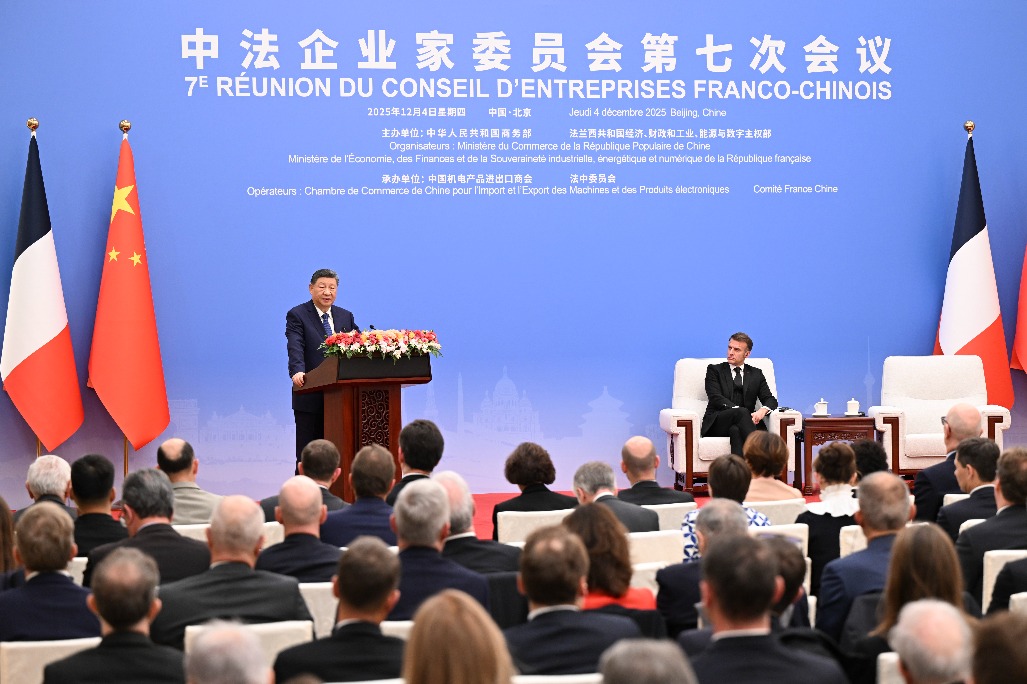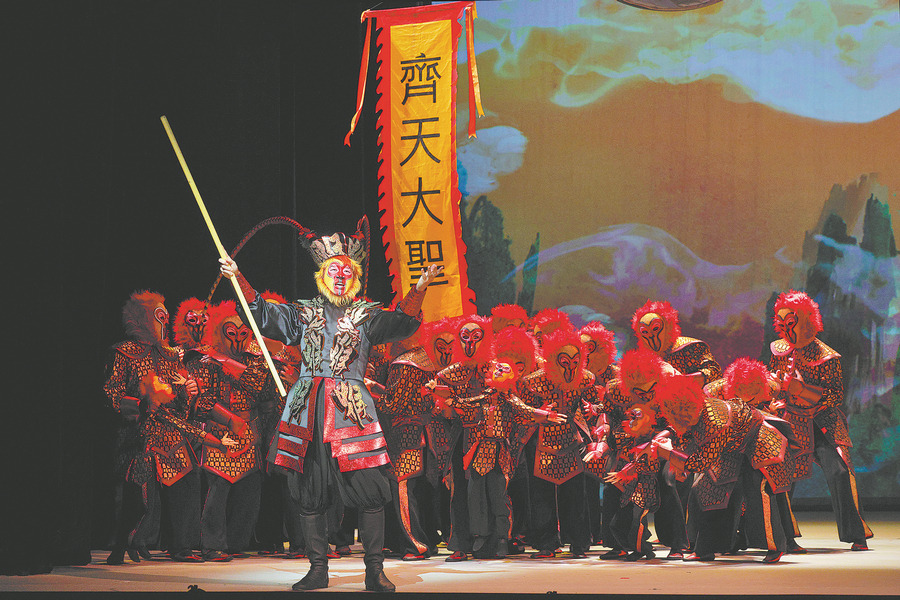Sound of the steppes
By Chen Nan and Yuan Hui | China Daily | Updated: 2024-06-25 06:54
Editor's note: Traditional arts and crafts are supreme samples of Chinese cultural heritage. China Daily is running this series to show how master artisans are using dedication and innovation to inject new life into heritage. In this installment, we find out the enduring allure of a Mongolian musical instrument.
Haunting melodies of morin khuur give voice to cultural heritage of Inner Mongolia, Chen Nan and Yuan Hui report.
In the vast and wind-swept steppes of the Inner Mongolia autonomous region, where nomadic traditions entwine with the pulse of nature, there exists a profound connection between the people and their music. The connection is embodied by the haunting melodies of the morin khuur, a traditional two-stringed instrument often referred to as the horse-headed fiddle.
The morin khuur occupies a revered position as a key instrument in traditional Mongolian music. Its beautiful tones are often used to accompany khoomei, or throat singing, a vocal style characterized by harmonic overtones, which further enhances the depth and emotional resonance of ethnic Mongolian music.
Beyond its musical prowess, the morin khuur is also used during ceremonial contexts, such as weddings, festivals and rituals, where it connects participants with their cultural heritage and their ancestors.
Despite modernization and urbanization, the morin khuur remains a cherished part of daily life for many families of Mongolian ethnicity. The instrument is also integrated into the educational system, where it is taught in schools as part of the efforts to preserve cultural heritage and promote traditional music education, passing down both musical techniques and cultural values from one generation to the next.
Morin khuur was inscribed on UNESCO's Representative List of the Intangible Cultural Heritage of Humanity in 2008 (originally proclaimed in 2003).
Its cultural significance has gained international attention. In May, when International Olympic Committee President Thomas Bach visited Shanghai, he received a morin khuur as a gift. This exchange underscored the instrument's role as a cultural ambassador.

























